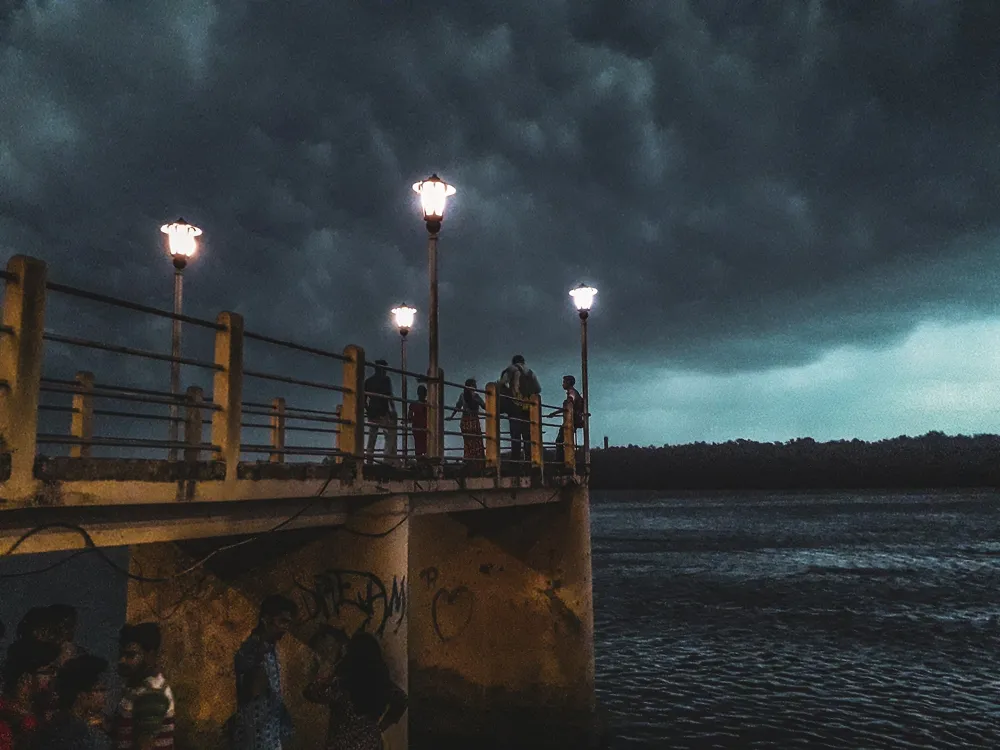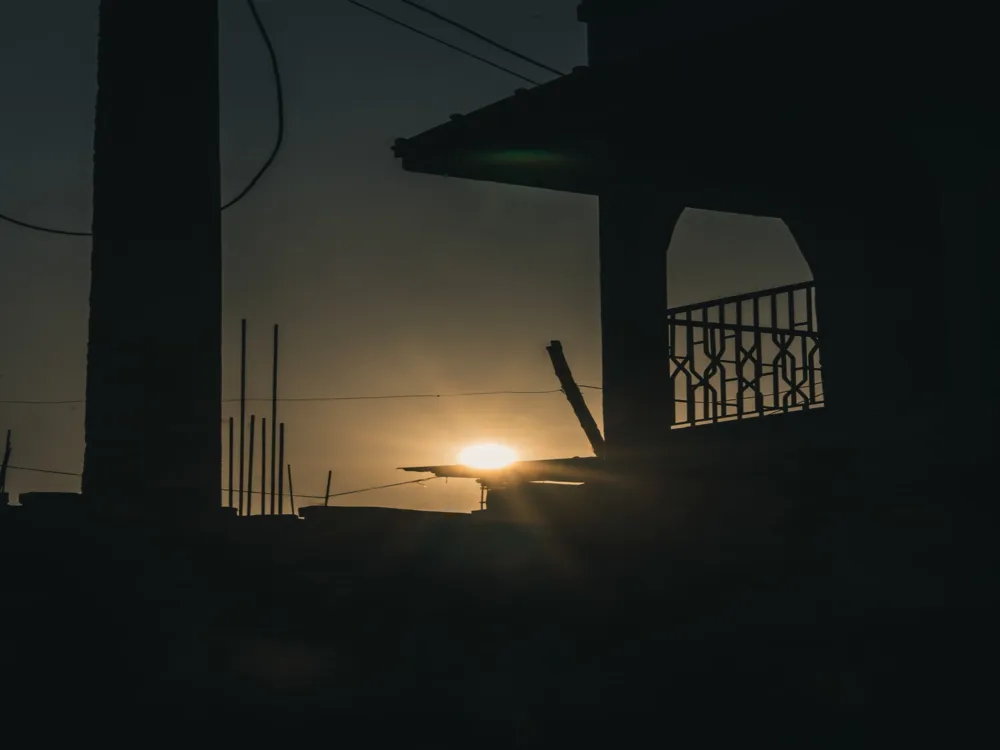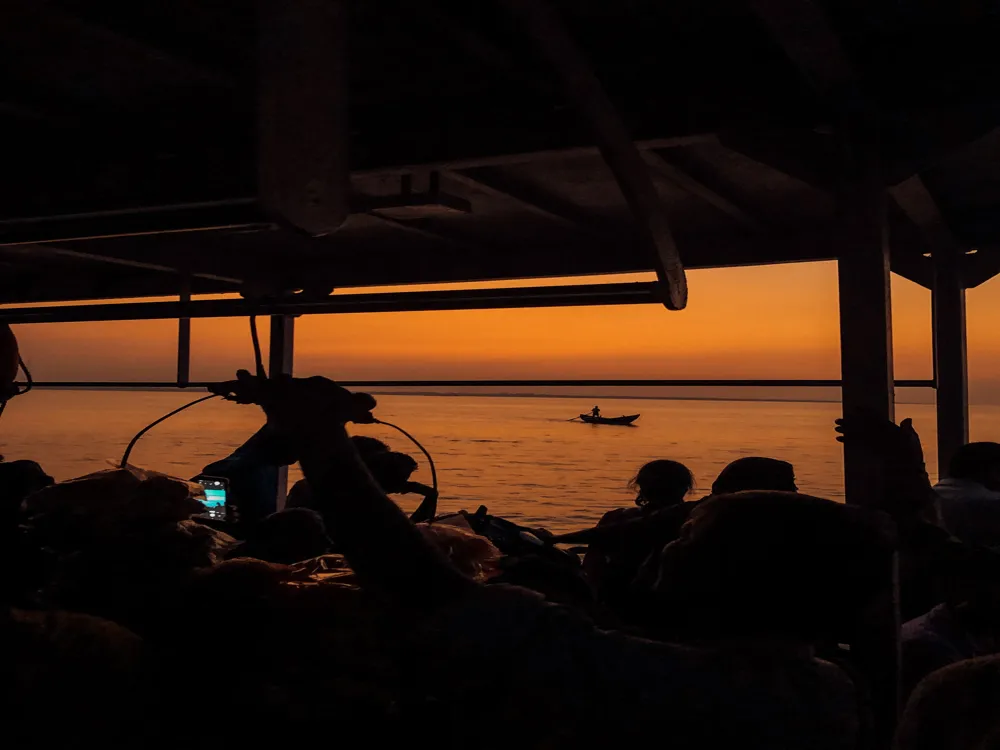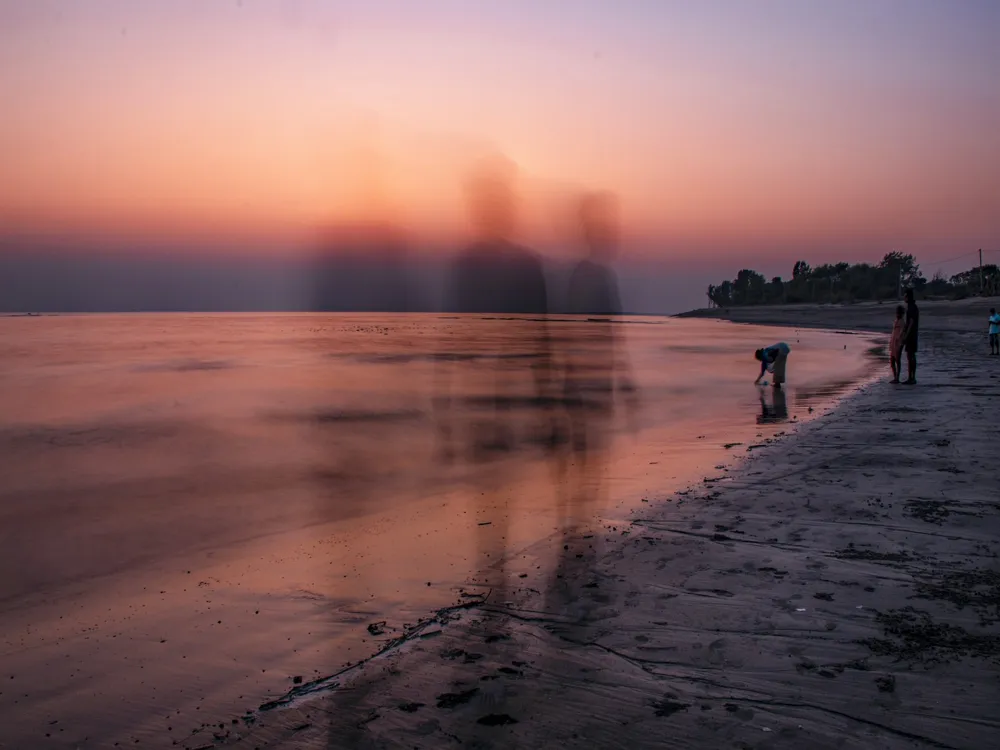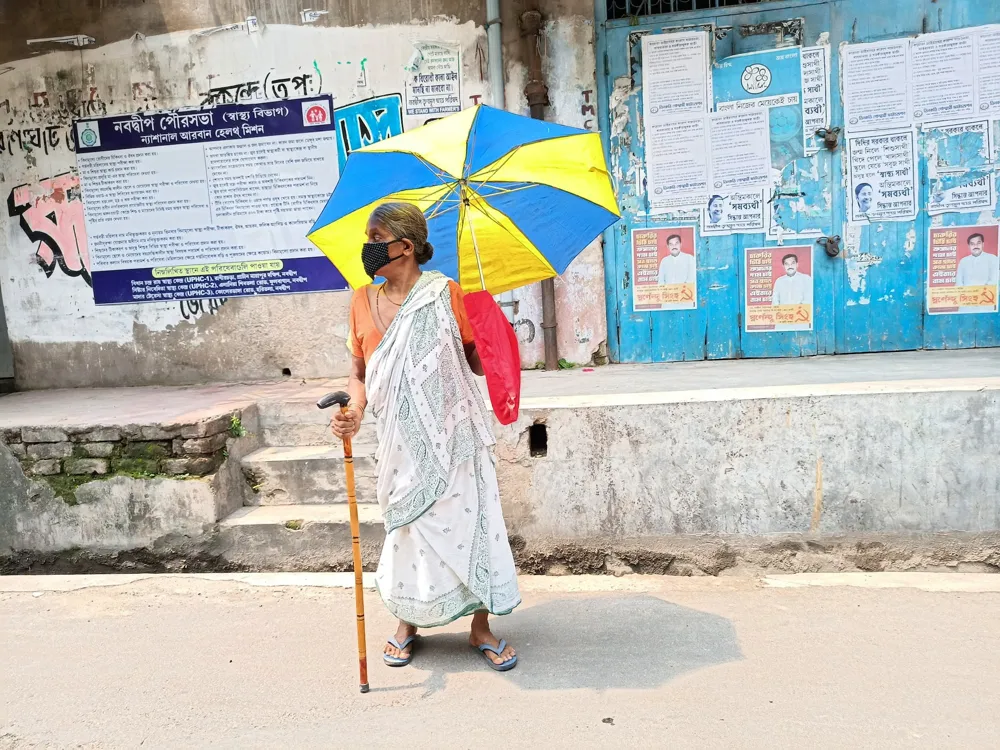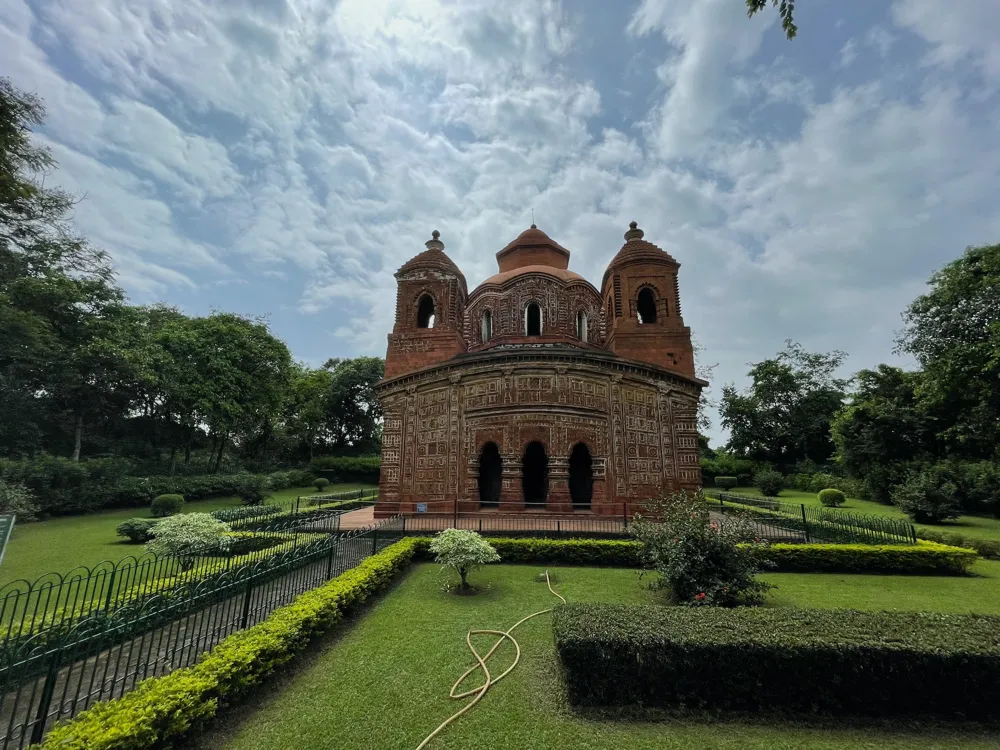The Mother House in Kolkata, West Bengal, is a beacon of peace and humanitarian work, globally recognized as the headquarters of the Missionaries of Charity. Founded by Mother Teresa in 1950, this iconic institution stands as a testament to her lifelong commitment to aiding the poorest of the poor. The Mother House not only serves as a religious congregation but also as a symbol of compassion and selfless service to humanity.
Nestled in the heart of Kolkata, the Mother House has been a sanctuary for the destitute and dying, reflecting Mother Teresa's unwavering dedication to her mission. Her tomb, located within the premises, is a focal point for visitors worldwide, who come to pay respects and draw inspiration from her life and work. The building's modest architecture belies the profound impact it has had, both locally and globally, in alleviating human suffering.
Beyond its religious significance, the Mother House holds a deep cultural and historical value. It embodies the spirit of Kolkata, a city renowned for its rich history and diverse cultural tapestry. The Mother House stands as a reminder of the city's colonial past, while simultaneously representing the modern ethos of service and compassion that Mother Teresa championed.
The impact of Mother House extends far beyond its walls. It has been instrumental in catalyzing social change, raising awareness about poverty, and inspiring countless individuals and organizations to take up humanitarian causes. Its influence is felt in the numerous Missionaries of Charity centers that have sprung up across the globe, all tracing their roots back to this humble abode in Kolkata.
Visiting the Mother House is not just a journey to a physical location, but a pilgrimage of sorts, offering profound insights into the life of one of the 20th century's most iconic figures. It serves as a beacon of hope and a source of inspiration for all who seek to make a positive difference in the world.
The architecture of the Mother House in Kolkata is a reflection of the values and principles of Mother Teresa and the Missionaries of Charity. The building, with its simplistic and austere design, stands as a symbol of the organization's commitment to a life of poverty, chastity, obedience, and service to the poorest of the poor. Unlike grand religious structures, the Mother House's architecture is humble, embodying the very essence of Mother Teresa's mission.
The building's facade, characterized by its minimalistic style, features clean lines and a lack of ornate decoration. This simplicity is intentional, mirroring the life of simplicity and service led by the sisters of the Missionaries of Charity. The white and blue color scheme of the building is also significant, representing peace, purity, and the order's distinctive sari.
The interior of the Mother House is equally modest. The rooms are sparsely furnished, with an emphasis on functionality over form. This design choice reflects the organization's focus on service rather than material possessions. The chapel, where Mother Teresa prayed and worked, remains a place of quiet reflection and is a poignant reminder of her devotion to her faith and mission.
Despite its simplicity, the architecture of the Mother House is powerful. It serves as a physical manifestation of the values of the Missionaries of Charity. The building is not just a structure; it is a living, breathing embodiment of the principles of humility, service, and love for the underprivileged.
In summary, the architecture of the Mother House is more than just a design choice; it is a statement. It stands in stark contrast to the extravagance often seen in religious buildings, instead choosing to reflect the order's commitment to a life of service and humility. This architectural approach has made the Mother House a unique and iconic structure in the heart of Kolkata.
Visitors are advised to dress modestly out of respect for the religious nature of the Mother House. It is recommended to wear clothes that cover shoulders and knees. The Mother House is a place of worship and reflection. Visitors should maintain a quiet demeanor and avoid loud conversations or disturbances. While visiting, it's important to respect the privacy and dignity of the residents and sisters. Photography inside the building, especially in sensitive areas, is usually not permitted.Overview of Mother House in Kolkata, West Bengal
Architecture of Mother House
Tips When Visiting Mother House
Dress Appropriately
Be Mindful of the Sacred Atmosphere
Respect the Privacy of Residents
Visiting Hours and Protocols
<
Mother House
Kolkata
West Bengal
NaN onwards
View kolkata Packages
Weather :
Label : Must Visit
Tags : Monument
Timings : 8:00 AM - 12:00 PM, 3:00 PM - 6:00 PM (Closed on Thursdays, 22 August, Easter Monday, 26 December)
Time Required : 1-2 hrs
Entry Fee : No entry fee
Planning a Trip? Ask Your Question
Kolkata Travel Packages
View All Packages For Kolkata
Top Hotel Collections for Kolkata

Private Pool

Luxury Hotels

5-Star Hotels

Pet Friendly
Top Hotels Near Kolkata
Other Top Ranking Places In Kolkata
View All Places To Visit In kolkata
View kolkata Packages
Weather :
Label : Must Visit
Tags : Monument
Timings : 8:00 AM - 12:00 PM, 3:00 PM - 6:00 PM (Closed on Thursdays, 22 August, Easter Monday, 26 December)
Time Required : 1-2 hrs
Entry Fee : No entry fee
Planning a Trip? Ask Your Question
Kolkata Travel Packages
View All Packages For Kolkata
Top Hotel Collections for Kolkata

Private Pool

Luxury Hotels

5-Star Hotels

Pet Friendly













